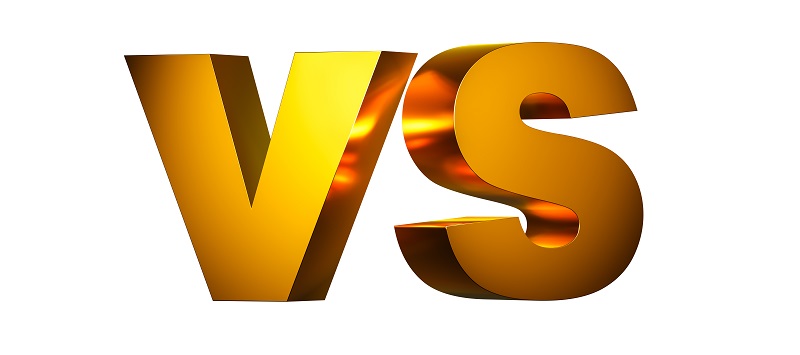PNG Vs. Jpeg: Which Is Better?

When it comes to the debate between PNG and JPEG formats, the decision ultimately rests on your specific project requirements and goals. Each format brings its own set of advantages and considerations to the table. So, which one is truly better for your needs? Well, the answer lies in understanding the intricacies of both formats and how they align with your project's unique demands. Stay tuned to uncover the key differences between PNG and JPEG and discover the optimal choice for your next graphic endeavor.
Pros and Cons of JPG
When considering the pros and cons of JPG as a digital image compression format, it's important to acknowledge its significant advantages and limitations.
JPG offers efficient compression ratios, resulting in smaller file sizes that are well-suited for web graphics and conserving storage space effectively. Its widespread compatibility with various editing and viewing software enhances its usability.
However, excessive compression in JPG files can lead to pixelation and a decrease in image quality, particularly noticeable in detailed or high-resolution images. Moreover, JPG doesn't support transparency, limiting its applicability in certain design contexts.
While JPG performs well with full-color images and smooth gradients, repeated editing and saving can result in a loss of image quality over time. It's crucial to consider these trade-offs when determining if JPG is the most appropriate format for your digital images.
Benefits of PNG Format
PNG format offers distinct advantages compared to JPG, particularly in catering to various digital image requirements. One key benefit of PNG is its support for lossless compression, which ensures that image quality remains high without sacrificing details. This makes it an ideal choice for graphics with transparent backgrounds, providing designers with flexible design options.
Additionally, PNG can display up to 16 million colors, guaranteeing vivid and accurate visuals in every image. PNG files are also well-suited for storing intermediate versions during editing, facilitating easy revisions and adjustments. The format's compatibility with layers further enhances its appeal to graphic designers looking to create intricate and detailed designs. (check out these Free PNG Images)
Compression Differences Between JPG and PNG
When comparing JPG and PNG, it's essential to consider their distinct compression methods that significantly impact image quality and file sizes. JPEG employs lossy compression, which sacrifices some image data to reduce file sizes, making it suitable for photography due to its smaller file sizes and faster loading times online.
Conversely, PNG utilizes lossless compression with the LZW algorithm, preserving image quality but resulting in larger file sizes. PNG is particularly well-suited for graphics, especially those requiring transparency support such as logos or illustrations, as it retains all image details without degradation.
While JPG may experience some loss of quality due to its compression method, PNG ensures that all image data is maintained without compromise, making it a preferred choice for graphics.
Transparency Comparison
JPG and PNG have distinct differences in transparency capabilities, making them suitable for various design requirements.
PNG files are known for their transparency support, which allows for more intricate and layered designs compared to JPEG files. The transparent backgrounds in PNG files make it easier to integrate graphics seamlessly into different backgrounds, enhancing the overall visual appeal. This feature proves useful for creating logos, icons, and web graphics that require elements to be see-through.
In contrast, JPEG files don't support transparency, which limits their versatility for designs that necessitate transparent backgrounds. PNG's transparency feature enables designers to achieve more sophisticated and visually pleasing results, especially in projects that require complex layering and a polished finish.
Choosing the Right Format
When considering the appropriate format for your images, it's essential to assess the specific needs of your images and the intended purpose.
When comparing between JPEG and PNG formats, certain factors should be taken into consideration:
-
PNG is recommended when transparency is required, particularly for logos and icons.
-
JPEG is preferable for photos where achieving a balance between image quality and file size is important.
Consider whether your priority lies in smaller file sizes (JPEG) or in maintaining lossless compression (PNG) based on the project's requirements.
Understanding the distinctions between JPEG and PNG formats, as well as their support for transparency, can aid in making an educated decision when handling digital images and data.
It's important to select the format that best suits your specific needs and objectives.
Conclusion
So, when it comes to deciding between PNG and JPEG formats, the key is to consider the specific requirements of your project.
If you need transparency support and want to retain intricate details, go for PNG.
If you're looking to balance image quality and file size, JPEG is the way to go.
Understanding the differences between the two formats will help you make the right choice for your graphics and photos.
- •


